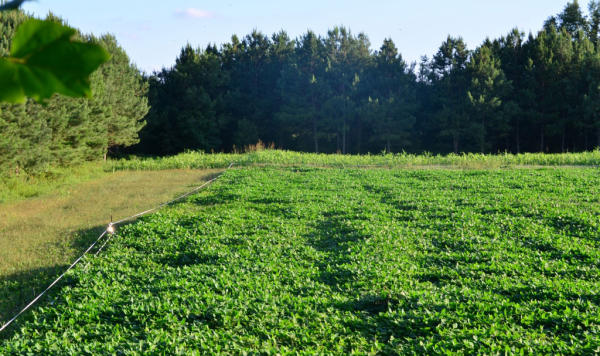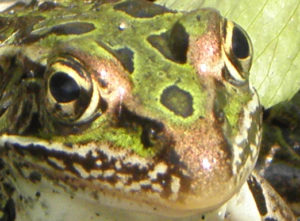By Glen Wunderlich
With another deer season behind us, wildlife professionals across the country will be compiling data relative to numbers and health of respective deer herds. However, the Quality Deer Management Association has published its 2018 Whitetail Report, which compares data from the three most recent seasons available 2014-15, 2015-16, and 2016-17. This summary will provide details of Michigan’s whitetail management practices and how we stack up with the rest of the Midwest segment.
Nationally speaking and on a positive note, yearling buck harvest rates (deer 1.5 years of age) remain at record low numbers, and the percentage of 3½-year-old and older bucks remains at a third of the total antlered buck harvest. Conversely, the biggest issues and trends include the continued spread of chronic wasting disease (CWD), which has made major headlines in Arkansas, Michigan and Montana in 2017.
From 2015 to 2016, a total of nine free-ranging deer tested positive for CWD in Michigan in two counties, Clinton and Ingham. In 2017, at least 47 new cases had been identified, including 36 confirmed positives in Montcalm County and 10 in Kent County.
The U.S. Fish and Wildlife Service indicates hunter numbers have declined by over two million from 2011 to 2016. With regard to expenditures, hunters’ spending dropped nearly $11 billion dollars or 30 percent. Adding insult to injury, the number of hunters is expected to continue declining as baby boomers exit the hunting scene. Michigan is no exception with hunter participation tumbling 14 percent in the same period.
The top-5 states for harvest of antlered bucks 1 ½ years and older in order are Texas, Michigan, Wisconsin, Pennsylvania and Georgia, with Texas coming in at a whopping 399,487 bucks and Michigan with 196,233. Although steadily increasing over the past three seasons, Michigan’s buck harvest totals are still down 3 percent compared to the 5-year average. Michigan tops the country with an average of 3.5 antlered bucks taken per square mile.
Allowing deer to mature is a worthy goal of all states and Arkansas leads the way with a mere 5 percent of its buck harvest being yearlings. Michigan continues to rank near the top (or, bottom, if you will) of states with the highest percentage of yearling bucks taken at 47 percent with Wisconsin hunters killing yearlings at the rate of 65 percent of all bucks taken.
The top-5 states with the highest percentage of 3½-plus-year-old bucks taken last season are Mississippi (78), Arkansas (77), Louisiana (72), Oklahoma (59), and Texas (59). Michigan is holding steady at 27 percent of its total buck kill being 3 ½ years old or more.
Michigan’s antlerless take of 145,054 is up 6 percent compared to the previous season but down 15 percent compared to the 5-year average.
Monitoring the percentage of fawns in the antlerless harvest is one method for estimating the fawn recruitment rate (those surviving from spring births), and this statistic is one of the most important pieces of data a deer manager needs when assessing a herd’s growth potential and applying a prescribed antlerless harvest. Accordingly, Michigan hunters are killing fawns at the rate of 26 percent of the total antlerless harvest – a sign that indicates hunters need a better understanding of distinguishing fawns from adult does. On the plus side, however, Michigan hunters took adult does of 3 ½ years of age or older at the rate of 38 percent of the total antlerless numbers.
Archery hunters in Michigan took some 37 percent of the total deer harvest ranking near the top nationally. Our rifle/shotgun kills are down to 48 percent compared to 60 percent the previous year. Muzzleloaders, on the other hand, took 15 percent of all whitetails – up dramatically from 6 percent the year prior.
The takeaway continues to be the decline in hunter numbers and the resulting wildlife conservation funding from license fees, as a disturbing trend. To stabilize, or even increase hunter participation, our best bet is to continue to mentor youngsters and there are lots of programs to do just that. This strategy is not up to someone else, however; if each of us can introduce a youngster to the outdoors, we will have done our part to further the cause of wildlife conservation.






